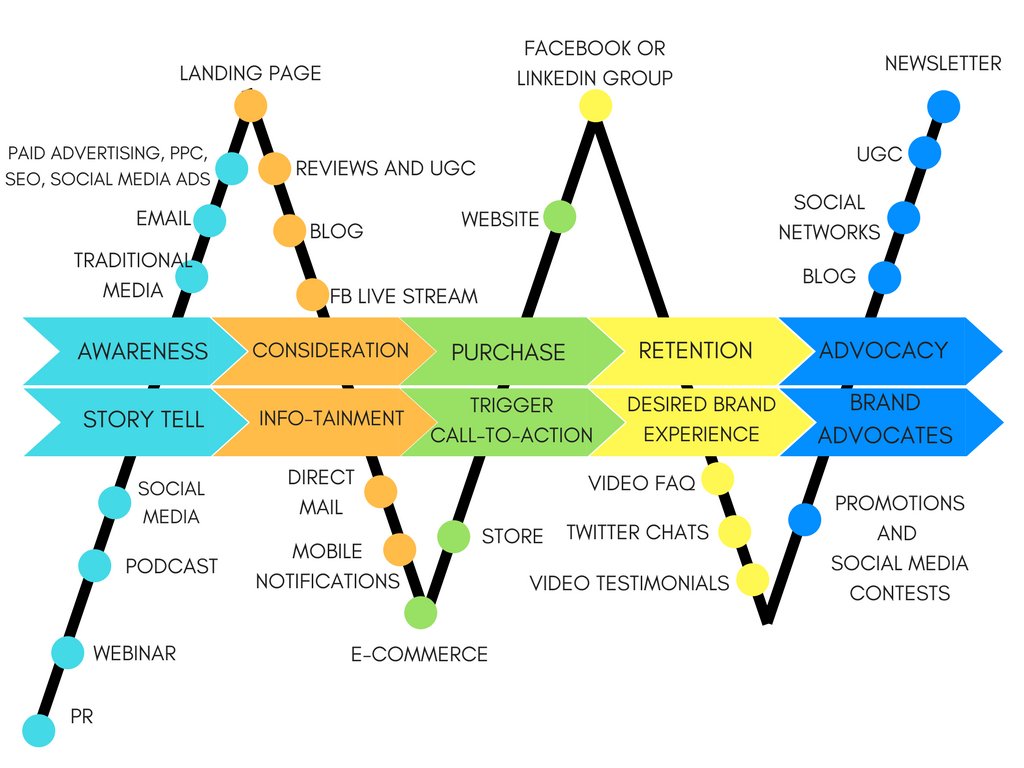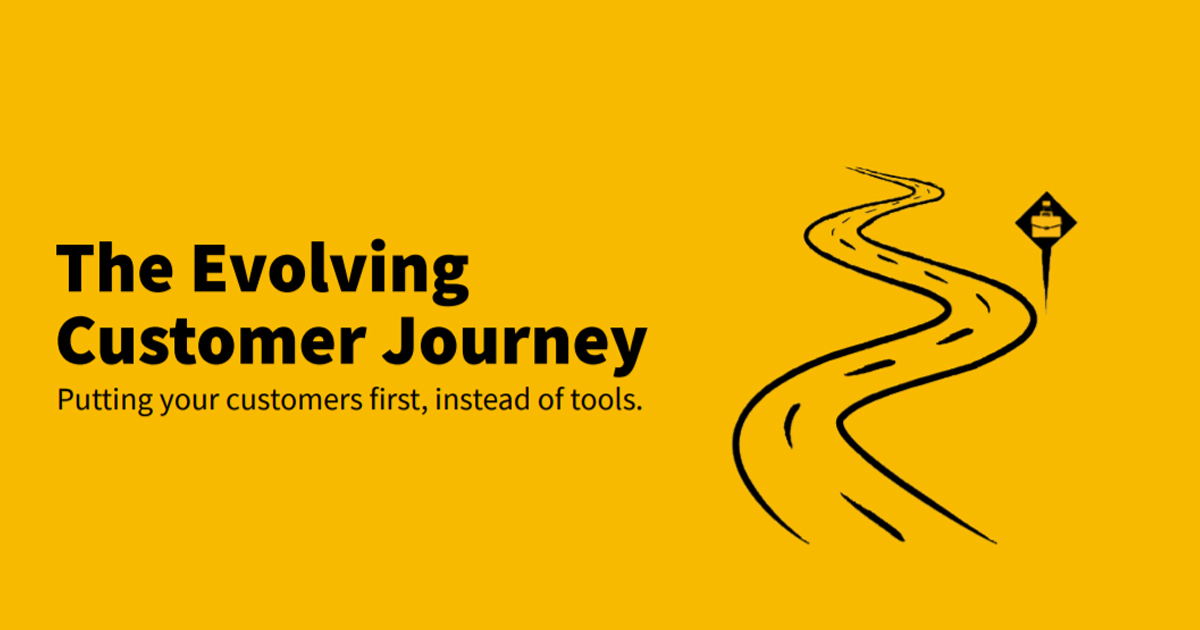Having a girlfriend or boyfriend can be cool, right? (or maybe not ..)
Well, the customer journey can be illustrated with the ‘dating’ analogy where it starts of with having a need to have a partner.
Then you probably need an avenue or place to look for your potential boyfriend or girlfriend, so you polish up a profile in Tinder.
Next, ladies will be evaluating the guy’s picture, is he hot, or would he potentially be a jackass? Oops. And vice-versa. (In marketing its called visual cues and signals)
You probably go on a date – whether you’re the guy or lady, you’ll obviously show up in your best, selling your ‘worth’ to the lady and vice versa.
If your date goes well, and you went out on several dates, as the guy you likely ask her to be your girlfriend. Her heart is racing, and she probably has done her ‘due diligence’ and compared you with other potential ‘candidates’.
She becomes your gf or bf – the first few weeks are fun and butterflies, but do you keep up with your promises and over-exceeds her expectations?
That translates into conversions and customer support.
Furthermore, he or she is posting pictures of you online, sharing joy with his or her friends. (In marketing, they’ve become your brand advocates and loyal fans)
So here it is, a typical customer journey. But again, a disclaimer here, this is an ‘ideal’ typical journey.
But of course, sometimes there’s buyer’s remorse, where he or she deletes you on Facebook and his or her life. Oops, sorry, mate.
Now you know the consumer journey and you want to get started.
So you bought courses, attended masterclasses, absorbing all the knowledge – and getting your foot into the game. But how many of you are guilty of this?
- You started (or have) a business.
- Someone said Facebook is the place to go.
- So you run ads on FB.
- Some sales, but not that great.
- You look into ways to optimize ads.
- Still nothing too drastic.
- You decided Facebook is not working for you.
- See someone say TikTok is the bomb now.
- Here we go again. Start from step 1.
You see, you’re constantly reading, absorbing content that’s out there, but do know what works for other businesses, might not work for yours – reason being, every platform or social channel has their own uniqueness and you’ve to approach it differently.
And if your thought process was like the above 9 points, do realize that you were relying on tools, instead of looking for actual ways to serve your customer.
You were looking at tactics, instead of strategy.
Customer-first, (understanding the consumer journey) the right tool will come
So, keep this in mind, focus on your customer – and their journey first. The right tools to use will come.
And go back to the fundamentals – ask yourself who are they and where do they hang out?
Then craft a strategy on how you can reach out and put your offer in front of them.
When you’re doing that, avoid making the grave mistake of spamming, meaning putting the same post in groups, pages, etc. channels within a platform like Facebook – centred around yourself or your business.
Ask yourself “how do we feel about people who talk about themselves all the time?”
When it comes to the customer journey, it’s about all them, not you. Period.

Your customer will probably have interacted or been in ‘touch’ with you in this digital landscape, we called it ‘touch-points’ – and ideally your communication has to be aligned with your values and mission.
It wasn’t too long ago, the customer journey was relatively simple, there were only a few different channels through which customers would conduct research or make purchases.
And there was little technology for tracking the evolution of a consumer from an early prospect to a confirmed purchaser, and, sometimes, to a repeat customer.
With the media ever-growing social platform, text and a myriad of other communications methods added to the mix.
No doubt, the customer journey will continue to evolve over the next five years, so how do you keep up with the changes in the customer journey? especially in this new ‘norm’ too.
Watch what our Head of Marketing Reuben got to say about this below.
The average consumer is exposed to over 10,000 marketing messages a day—how do you break through the noise and create urgency that makes consumers take action?
How do you drive business growth with social selling on different platforms and despite any external environment disruption?
Learn how you can do it sustainably to grow your online business – predictably.
Let’s be honest – most of the time our customers don’t do what we want them to, when we want them to do it.
So how do we plan for and manage for human unpredictability? How do we understand what our customers are thinking?
What motivates them? And, what irritates them so much that they simply give up?
Final Thoughts On The Consumer Journey
Understanding your customer journey and which stages they’re in certainly isn’t a science, but its importance can’t be understated.
In fact, your marketing effectiveness will drastically improve if you’re able to identify the platform or medium that’s working for your business and double down your effort on that.
If you enjoyed reading this, do share with us your thoughts in the comment section below.
If you are interested to learn more about growth marketing, or if you aspire to become a digital marketer, LEAD offers a complete Growth marketing course in Malaysia that is designed to equip you for a career in digital marketing and business growth within 6 weeks.
What are your favourite growth marketing strategy? Leave them in the comment section below.
Don’t forget to visit us on Facebook and subscribe to our YouTube channel for more interesting content too.



0 Comments